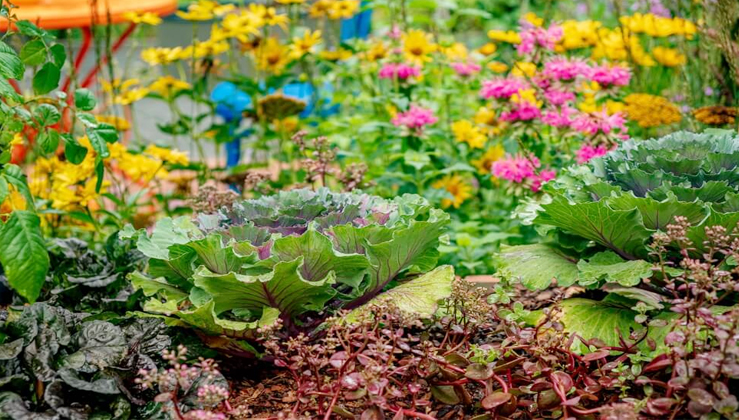
Discover the sustainable gardening method that minimizes waste, cuts costs, and works in harmony with nature — closed-loop gardening is the future of growing green.
What Is Closed-Loop Gardening?
Closed-loop gardening is a sustainable gardening practice focused on creating self-sufficient systems. These systems rely solely on renewable natural inputs like sunlight, rainwater, and human effort rather than store-bought supplies, soil amendments, or fertilizers. In short, the garden sustains itself.
The goal is to minimize external inputs and reduce waste by ensuring everything that comes out of the garden goes back in as nourishment, structure, or support. This style of gardening mimics natural ecosystems where nothing is wasted and everything has a purpose.
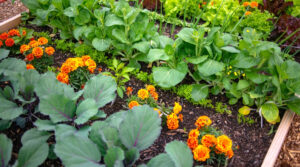
How to Create a Closed-Loop Garden
Establishing a closed-loop garden involves careful planning and a shift in perspective. Here are some of the most effective strategies:
-Save Seeds & Propagate Plants: Grow new plants from existing ones through seed-saving, cuttings, and division. Self-seeding plants and edible weeds can be valuable allies.
-Embrace Natural Growth Patterns: Incorporate plants that spread easily or reseed themselves. Wild species often labeled “weeds” can offer resilience and utility.
-Grow Your Own Fertility: Cultivate nutrient-boosting plants such as comfrey and nettles for mulches, teas, and chop-and-drop fertility boosts.
-Compost and Mulch On-Site: Turn kitchen scraps, pruned branches, and yard waste into nutrient-rich compost or mulch to feed your soil naturally.
-Add Nitrogen-Fixers and Dynamic Accumulators: Include legumes, clover, and plants like borage or dandelion to draw up and recycle nutrients from the soil.
-Use What You Have: Reclaim natural materials from your space to build trellises, pathways, fences, and garden beds.
-Harvest and Store Rainwater: Install rain barrels, swales, or water-efficient irrigation systems to reduce reliance on municipal water.
-Design With Synergy in Mind: Let each element of your garden serve multiple functions. A trellis can also support companion planting. A hedge might provide windbreaks and organic matter.
Every design decision should reflect a larger, closed system where the output from one component becomes the input for another.
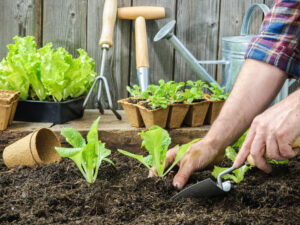
Why You Should Transition to Closed-Loop Gardening
There are compelling environmental, economic, and personal reasons to embrace this regenerative gardening approach.
1. Reduces Environmental Impact
Every bag of compost or potting mix, even organic or peat-free, has a carbon footprint. The same goes for seed packets, fertilizers, and gardening tools. Closed-loop gardening dramatically cuts down on such external purchases, reducing emissions and plastic waste.
2. Saves Money Over Time
By growing your own materials and nutrients, you can significantly lower your garden’s maintenance costs. The savings accumulate when you’re no longer buying mulch, soil amendments, or even seeds.
3. Builds Resilience
A closed-loop garden can adapt more easily to disruptions in supply chains or price increases. It becomes a localized, resilient food and resource system.
4. Promotes Low-Maintenance Gardening
With systems in place to self-regulate and regenerate, your garden will demand less of your time and effort over the years. Nature takes the lead, and you act as a steward more than a manager.
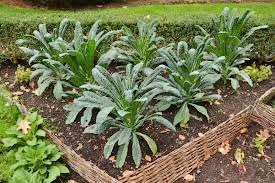
Further Reading & Resources
-How I Get New Plants From My Garden for Free
-DIY Organic Fertilizers Sourced From Your Garden
-Use These Garden Plants to Make Your Own Liquid Plant Feeds
-Useful Plants To Chop and Drop in a Forest Garden
-How I Use Pruned Branches in My Garden
-The Role of Water in a Sustainable Garden
-Thinking About a Holistic Approach in Garden Design
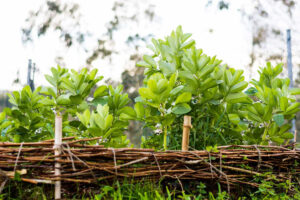
Closing Thoughts: Let Nature Do the Heavy Lifting
Closed-loop gardening isn’t about perfection; it’s about progress and intention. By thinking holistically and embracing natural systems, you’ll not only reduce your garden’s footprint — you’ll increase its abundance. The more your garden can give back to itself, the less you’ll need to give it.
So whether you’re starting small with a compost pile or designing an entire food forest, one thing is clear: once you experience the benefits of a closed-loop garden, you’ll never want to go back.





